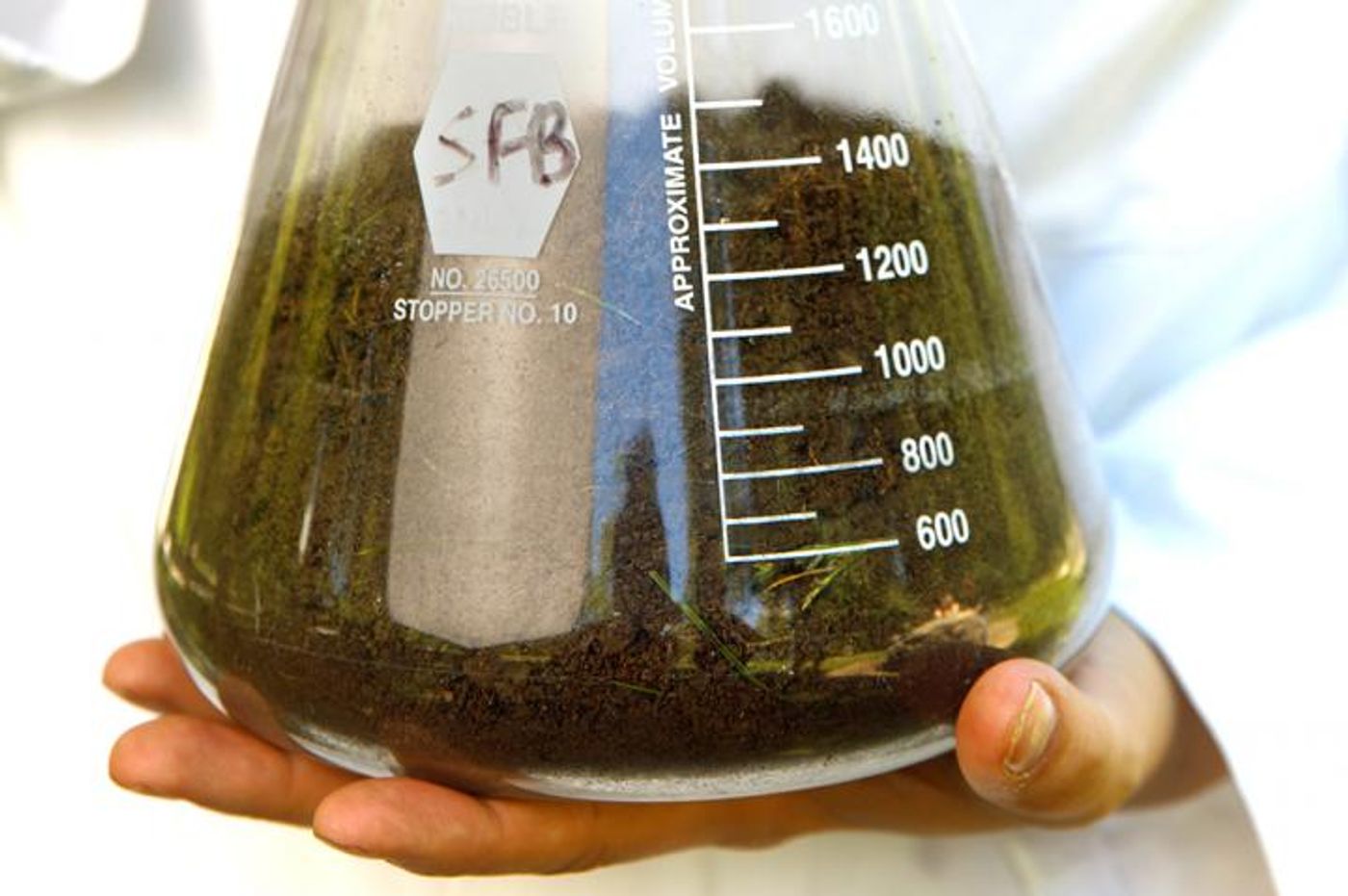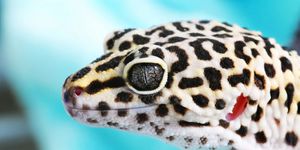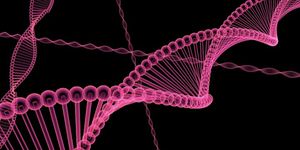Potential new Tuberculosis Treatment Found in Dirt
A bacterium called Mycobacterium tuberculosis causes the disease tuberculosis (TB), which is treated with antibiotics. The pathogen is able to mutate, however, and evade therapeutics like rifamycin. Resistance to rifamycin or Rif has been steadily increasing, making it much harder to help TB patients get well. New research reported in Nature Communications may have found a solution to the resistance problem, however. Scientists discovered an antibiotic in dirt, which can destroy the pathogenic microbe.
The drug that has been used to treat TB, Rif, targets a bacterial enzyme called RNA polymerase (RNAP). If the RNAP mutates, however, the drug often stops working. Researchers decided to search for a new antibiotic that acted similarly to Rif, but kept working even after mutations occurred in the RNAP.
"Rifamycin is naturally produced by a bacterium," said Sean F. Brady, the Evnin Professor. "So I wanted to find out whether nature had also made Rif analogs - molecules that look like rifamycin, but that have slight differences."
In soil, bacteria have to compete with one another. They might create toxins to gain an edge in that competition. Rif is one such bacterial toxin. The researchers combed through the soil using genomic tools that could identify microbes with genes that would indicate the presence of a molecule with similarities to Rif. They were able to find natural antibiotics called kanglemycins, or kangs; they have genes in common with rifamycin. They also looked to be capable of targeting bacteria that Rif cannot.
Because the tuberculosis bacterium was able to evolve so it could evade Rif, it’s possible a similar thing happened in soil. That may have led to the creation of kangs, in turn.
"It's possible that natural antibiotics are under the same selective pressure that we're putting antibiotics under in the clinic," explained Brady. "And if that's the case, then we would see natural analogs to rifamycin, like kangs, that overcome resistance."
Scientists Elizabeth Campbell, a research associate professor, Seth A. Darst, the Jack Fishman Professor, and senior research associate Mirjana Lilic wanted to know whether the newly found antibiotics had any efficacy against tuberculosis. They began by analyzing their structure, and found that while kangs resemble rifamycin, there are unique features to these antibiotics. The addition of a sugar and an acid to the core structure of the molecule give it a new way to attach to RNAP. That enables the kangs to disrupt bacteria that aren’t affected by Rif.
"We found that the extra sugar allows the kanglemycin to dock into a pocket of RNAP that other drugs didn't take advantage of," explained Campbell. Before this study, she said, scientists did not know that such a pocket even existed. Its discovery has opened up a new target in drug design.
"We'd still like to see increased potency and broader activity against resistant bugs," added Campbell. "But this study tells us that we're on the right track."
Sources: AAAS/Eurekalert! Via Rockefeller University, Nature Communications









